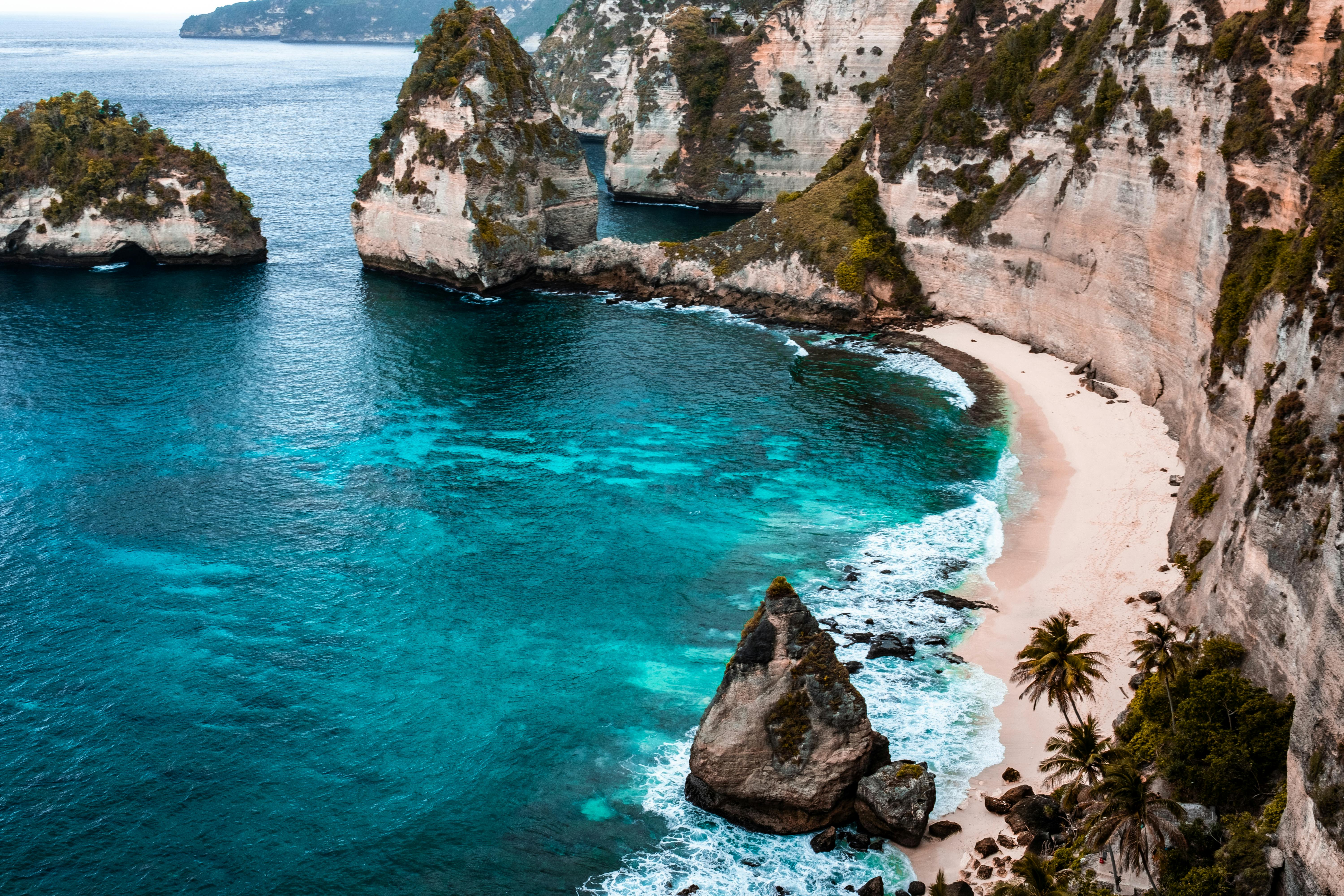
Currency of Brazil – 5 interesting facts about the real
The Brazilian currency is known as Real and its sign is “R$”. If you are organizing a trip to Brazil, you must know what its currency is. Its ISO code is BRL, and the real is subdivided into 100 cents or hundredths. Currency may not sound exciting, but it can reveal a considerable amount about the cultural elements of a country. Listed below are 5 interesting Brazilian facts about the real:
Opposite of US dollars – As an alternative to using a decimal point for the decimal separator, Brazilian reals have a comma. The thousands separator for Brazilian cash is the period. Take this for example, one thousand dollars and twenty cents within the US is written as “$1,000.20”. In Brazil, one thousand reais in particular is “R$1,000.20”. Basically, the dots and commas are opposite in Brazilian dollars compared to the US system.
Royal means “Royal” and “Royal” – In Portuguese, the true translates as true and real.
Brazil’s currency has gone through several alterations – Eight adjustments in the Brazilian currency were necessary for the country to finally settle with the real. During the 17th century, while the Dutch tried and failed to occupy Brazil, the Portuguese ruled during Brazil, the currency used was the original real.
Around 1942, as a result of gross inflation, Brazil decided to adjust its currency to the cruzeiro. In 1967, the cruzeiro was slightly changed to the cruzeiro novo.
Once again Brazil suffered from inflation throughout the 1980s. In turn, the Brazilian government removed three zeros from the end of the cruzeiro and once again produced a new Brazilian currency.
In 1986, Brazil began using a currency known as the Cruzado. Even with all the currency changes, inflation remained a problem, so Brazil dropped three zeros at the end of the Crusader. This coin was then called the Cruz Novo. However, the cruzeiro novo had a shorter life than the cruzeiro novo. It barely lasted a full year!
In 1990, the Brazilian government returned to the original cruzeiro. Inflation continued and in 1993 a transitional currency called the genuine cruzeiro or cruzeiro real in the plural was established. Finally, in 1994, the current Brazilian reals were established and have remained a relatively stable currency to this day.
Each and every bill is actually a distinctive work of art – Brazilian banknotes are produced in notes of 1, 2, 5, 10, 20, 50 and 100 reais. Production of the 1 note is still discontinued, but it is nonetheless used as legal tender. The 1 real is a currency used now that it is gold and silver. I have quite a few of them. I’m not used to having a coin equivalent to $R1.
Each and every note comes in a distinctive main color in a variety of shades. 1 is green; 2 is blue; 5 is purple; 10 is pink/red; 20 is yellow; 50 is orange; just as 100 is light blue. Also, each Brazilian banknote features a different animal on the back. For example, 20 features a golden lion tamarin and 100 features a dusky (fish-shaped) grouper. Brazilian dollars is as distinctive as the culture.
A constellation is printed on each Brazilian coin – Now, in the currency of Brazil, the coins are available in five, ten, 25 and 50 cents (percentages of 1 real) and a real coin. Each coin is printed with the constellation Crux, also called the Southern Cross. The Brazilian word for Cruz is cruzeiro. I hope you have enjoyed these facts about Brazil regarding Brazilian funds used in this amazing country. Tie logo!